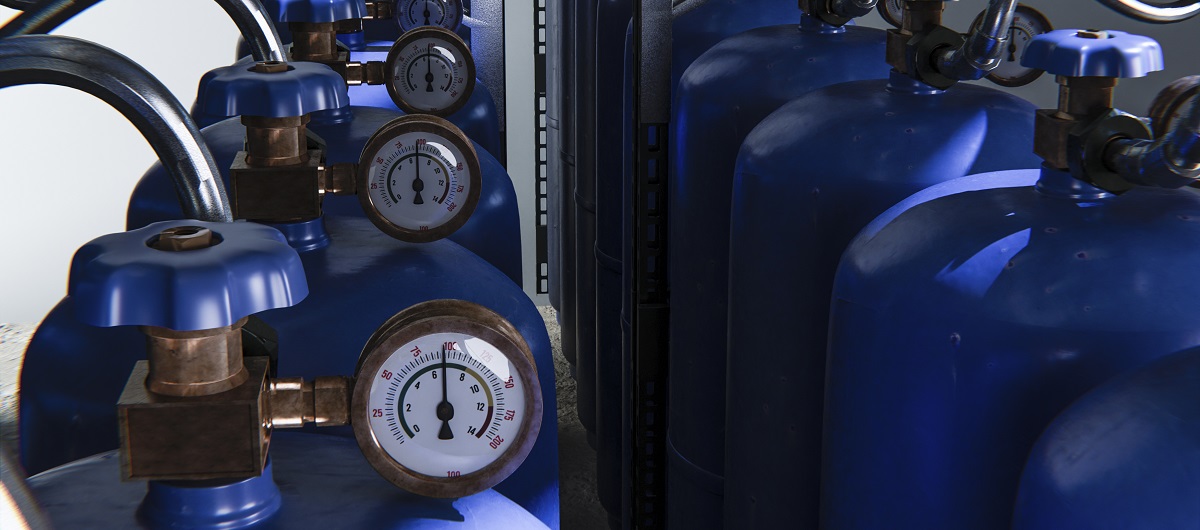
Oxygen is a vital element across numerous industries, and its purity levels are critical for ensuring safety, efficiency, and compliance with regulatory standards. From medical therapies to semiconductor manufacturing, the required oxygen purity varies significantly. Understanding these purity grades and their specific applications is essential for selecting the appropriate oxygen type for your needs.
Oxygen purity is typically expressed as a percentage, indicating the concentration of oxygen in a given sample. Higher purity levels mean fewer contaminants, which is crucial for sensitive applications. The presence of impurities like nitrogen, argon, carbon dioxide, and moisture can significantly impact processes, especially in industries requiring ultra-high precision.
Below is a comprehensive chart detailing various oxygen purity grades, their specifications, and typical applications:
| Grade | Purity (%) | Maximum Contaminants | Typical Applications |
| Ultra High Purity (UHP) | ≥ 99.9995% | Moisture < 1 ppm, Hydrocarbons < 0.05 ppm, Nitrogen < 2 ppm, Argon < 2 ppm, Hydrogen < 0.05 ppm | Semiconductor manufacturing, advanced research laboratories, aerospace propulsion systems |
| Research Grade | 99.999% | Water < 1 ppm, Total Hydrocarbons < 0.5 ppm, Nitrogen < 4 ppm, Argon < 4 ppm, CO₂ < 1 ppm, CO < 1 ppm | High-precision laboratory work, gas chromatography, mass spectrometry |
| High Purity | 99.9% – 99.99% | Water < 5 ppm, Total Hydrocarbons < 50 ppm, Nitrogen < 100 ppm, CO₂ < 10 ppm, CO < 1 ppm | Semiconductor processing, precision welding, chemical synthesis |
| Medical Grade (USP) | ≥ 99.5% | CO₂ ≤ 300 ppm, CO ≤ 5 ppm, Moisture ≤ 67 ppm | Respiratory therapy, anesthesia, neonatal care |
| Aviation Grade | ≥ 99.5% | Moisture < 6.6 ppm, Identity: Positive, Odor: None | Breathing systems for pilots and crew, emergency oxygen supplies on flights |
| Food Grade | ≥ 99.0% | Identity: Positive, Odor: None | Modified atmosphere packaging, fermentation processes |
| Industrial Grade | 90% – 99.5% | Water < 50 ppm | Welding and cutting, steelmaking, glass production, wastewater treatment |
| Technical Grade | 98% – 99% | Varies based on application | General industrial processes, combustion, construction |
1. Healthcare and Medical
2. Aerospace and Aviation
3. Food and Beverage Industry
4. Industrial Manufacturing
5. Electronics and Semiconductor Manufacturing
6. Research and Laboratory
Conclusion
Selecting the appropriate oxygen purity grade is crucial for the success and safety of various applications. Understanding the specific requirements of your industry and application will guide you in choosing the right oxygen grade, ensuring optimal performance and compliance with safety standards.